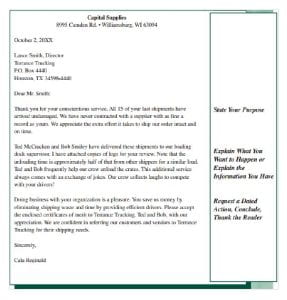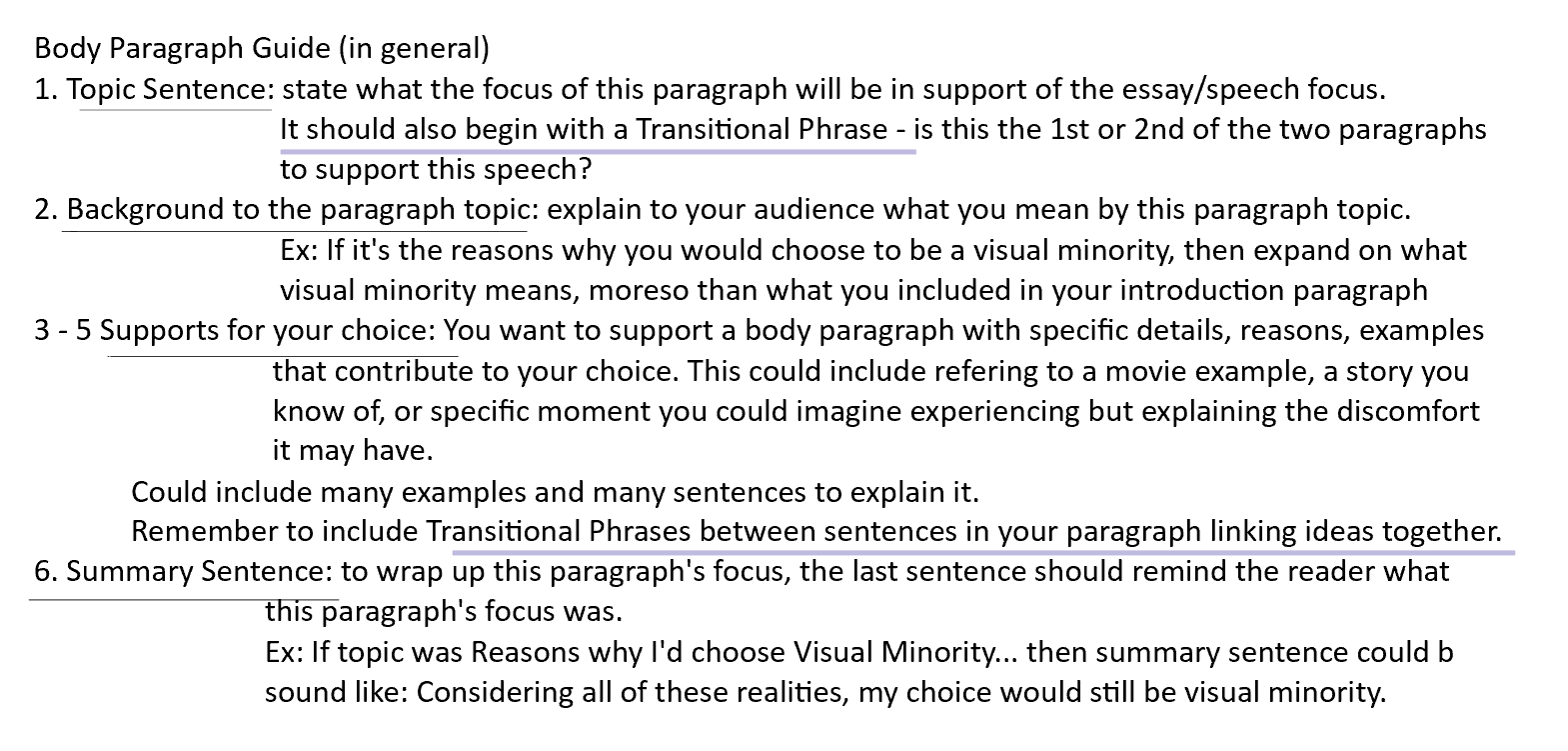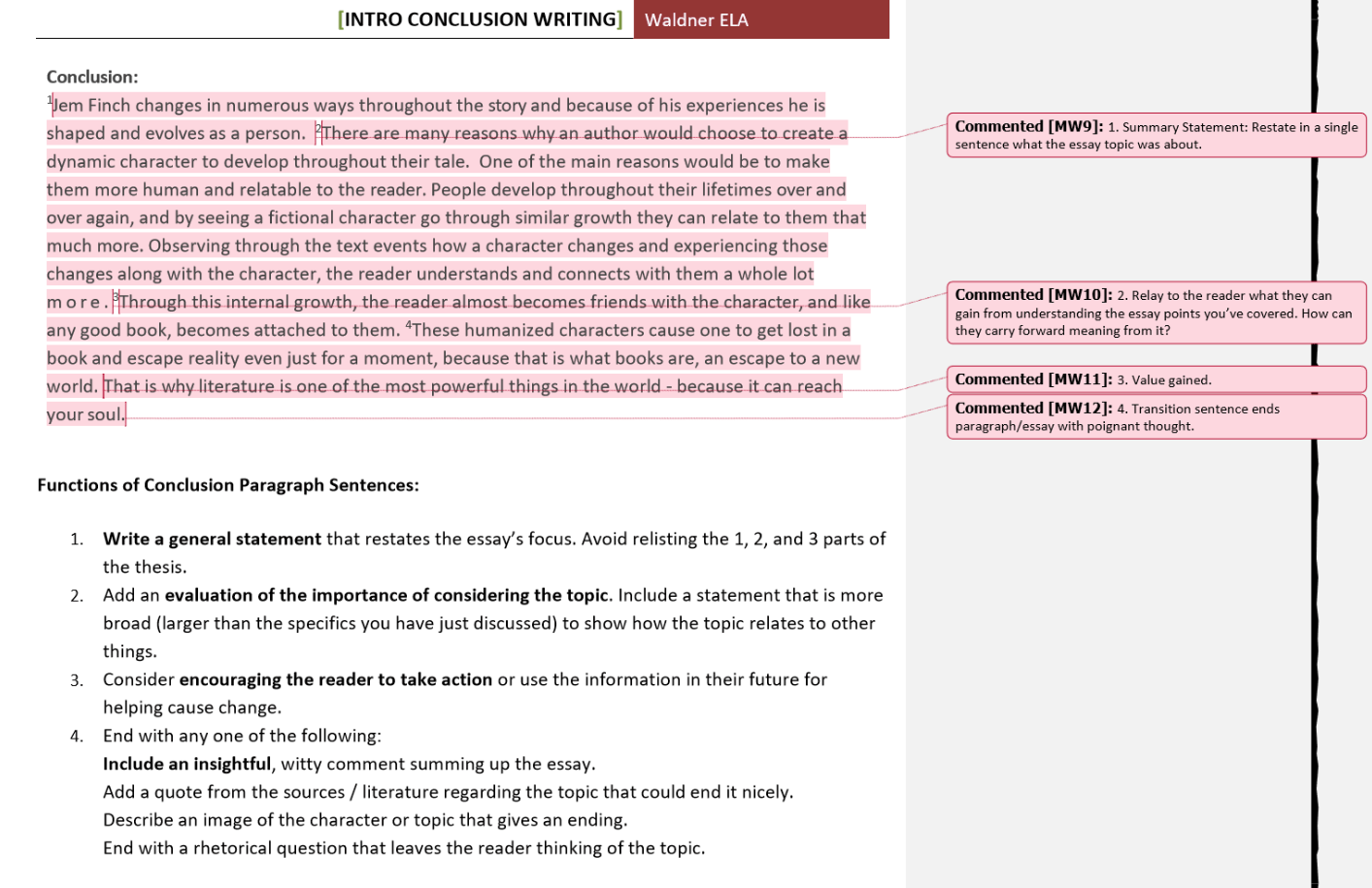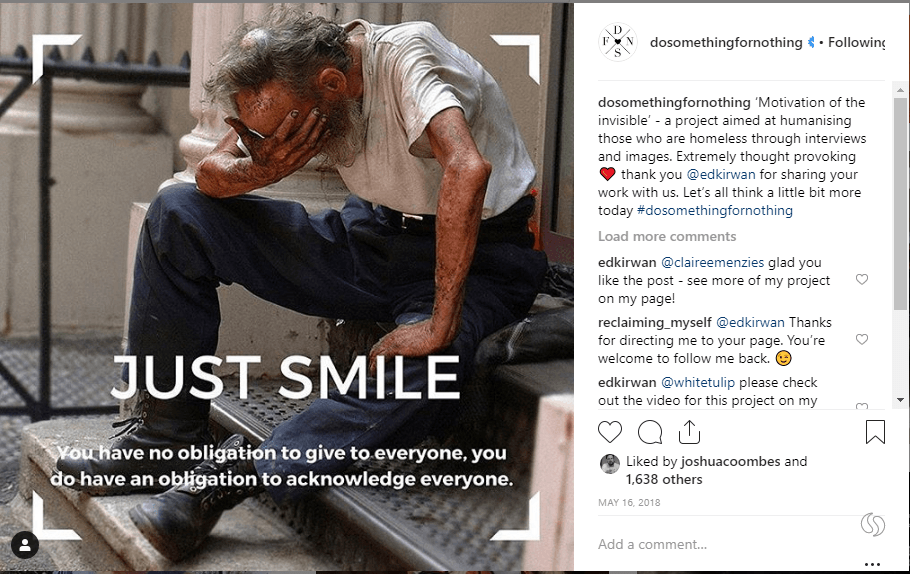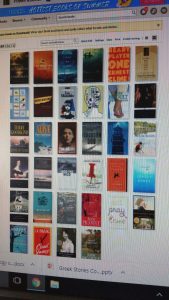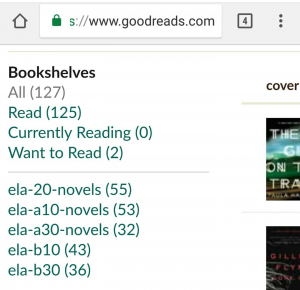ELA B10 B8.1 Formal Letter Writing
You are about to write a formal Letter of Complaint. You’re becoming more and more an adult and will be responsible for change in your society. This assignment asks you to pick a topic that you think needs some adjustment or change made and write a persuasive and informed letter to someone specific in a position to create that change.
Examples of social change topics other students have written about include:
- Writing to the Town of Kenaston to argue against their ban of certain dog breeds
- Writing to the Saskatchewan Minister of Highways to complain with detailed points the poor upkeep of Highway 11.
- Writing to the Sask Minister of Land about the maintenance of neighbours changing water routes that affect other people.
- Writing to the Minister of Health (Federal) or Sask Premier to convince them to allow better access to reproductive health centers, like for abortions or the Plan B Pill
- Write to the School Division to argue for different use of staffing at your school.
- Write to your School Division to argue for/against neutral bathrooms being added to the schools.
- Write to your school Principal about the school dress code. Or to the School Community Council about it, asking for change.
- Write to your Principal or School Division asking for better maintenance of the school’s field and/or ball diamond.
- Write to your Principal or School Division asking for funding/development of outdoor seating in the courtyard, like added permanent seating and shade sails. Or write regarding the poor maintenance of the outdoor sports facilities – the ball diamond, jump pits, basketball area, etc.
- Write to your Principal to argue against the Hat Rule in school.
- Write to the Sask government regarding their restrictions on tinted windows of vehicles.
- Write to the Division or principal regarding the plan to develop gender neutral bathrooms in the schools within the division.
Big Note or Warning: If you pick a topic you feel emotionally strong about, what some students fall into doing is write a venting letter about it. If it isn’t grounded in logic, reasoned, or convincing points it may likely do poorly, marks-wise. Write without emotional passion and your recipient may be more inclined to take seriously your concerns.
Added Advice:
The idea is to develop an argument of some substance that can convince the reader there is something withheld or affecting a fair amount of people. Writing about something that affects mostly just yourself and expressing how it makes you feel is likely not to get a response, and you should be writing with the purpose or intent to receive an actionable response. Try to include the many ways your topic actually impacts people in real ways, not just felt ways.
And… there’s a sample mentor letter included in the handout. Follow it to the letter format-wise.
